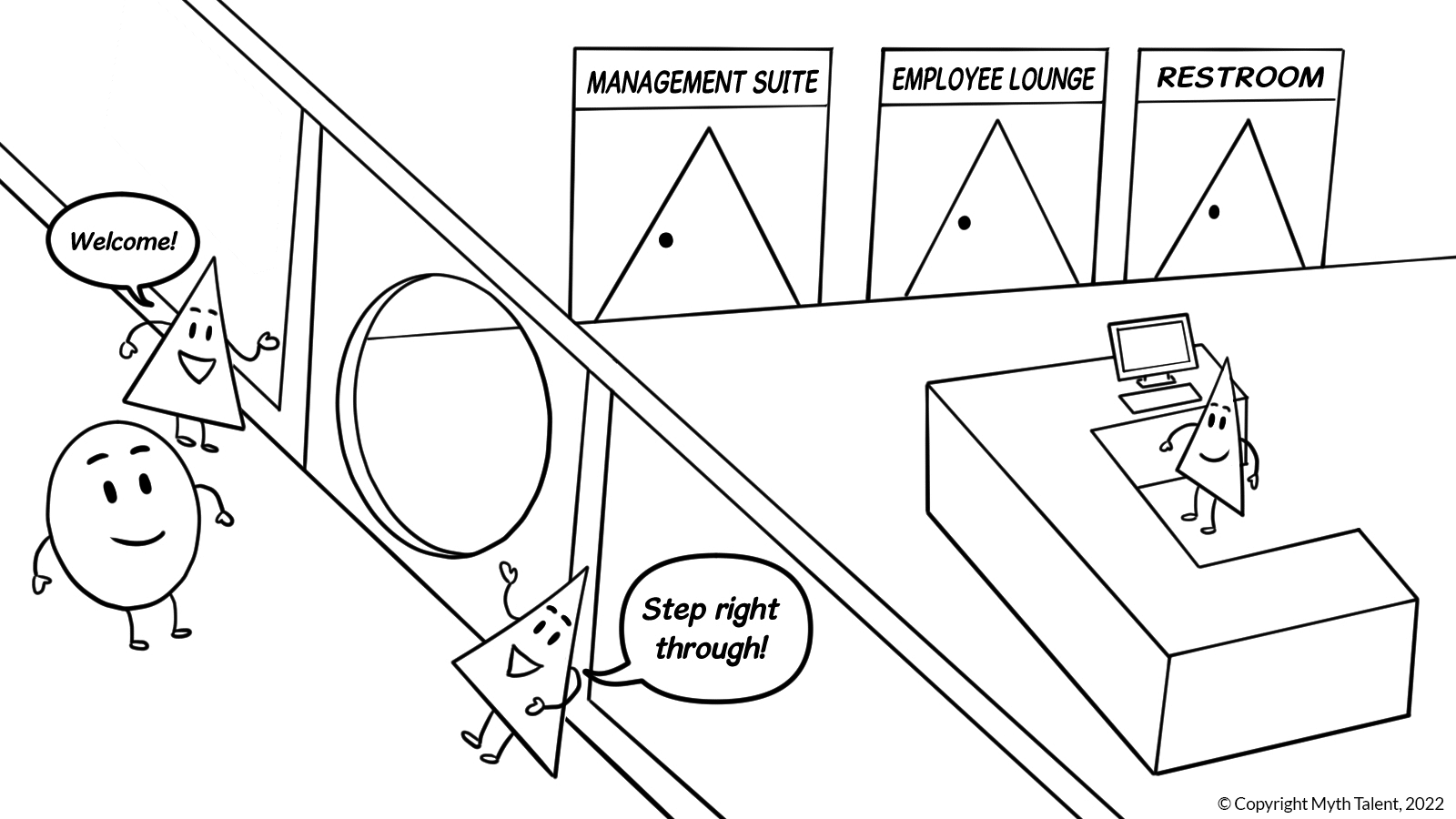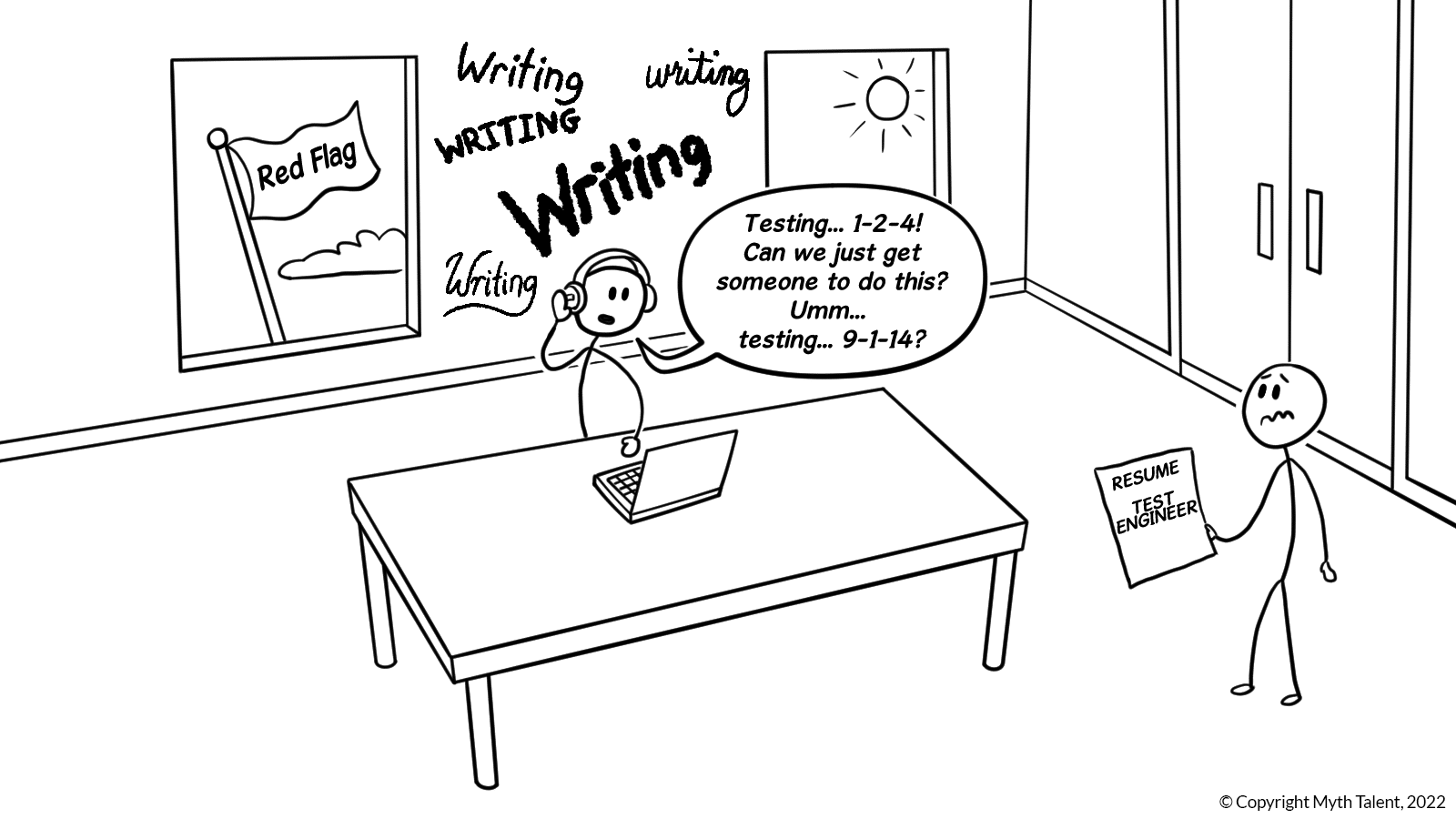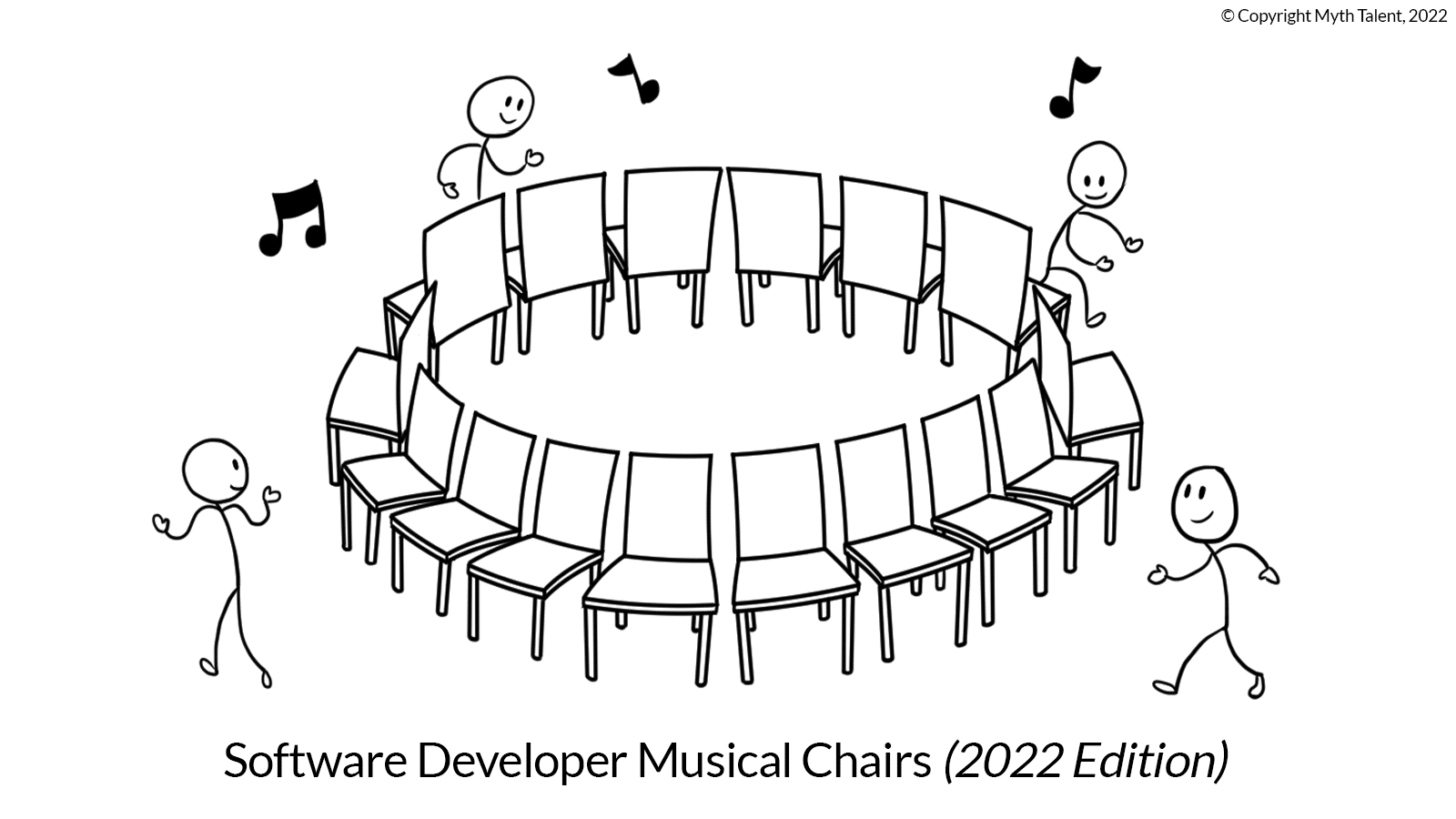
STAGNATION vs. DESPERATION
STAGNATION vs. DESPERATION
Many moons ago – Jobs and Wozniak were way out of their garage, but it was before the first iPhone – I sent an email that ended a client relationship. It wasn’t just any client, it was my “best*” client. The details of the email aren’t important. Suffice to say that it highlighted an inconvenient truth. What matters is what happened next.
Best [ best ]
adjective
of the highest quality, excellence, or standing.
most advantageous, suitable, or desirable.
Archaic. The client that pays you the most.
I wrote that one line email to vent to my best friend, and hit send as quickly as I had typed it. Then I turned in my chair to tend to some papers stacked on the windowsill behind me, and all at once knew in my bones that I had just sent it to the person it criticized.
You hear about panic reactions, the physical kind, and you think they are dramatized for effect. They’re not. I couldn’t breathe. My arms pumped sweat droplets the size of ball bearings. I heard myself saying “oh no, oh no, oh no…” This was real, and the relationship was over.
“It’s over, it’s over….”
Best [ best ]
adjective
of the highest quality, excellence, or standing.
most advantageous, suitable, or desirable.
Archaic. The client that pays you the most.
But then I had another thought: “It is over.” I would no longer have to twist my soul into the positions required to manage a relationship with a deceitful person. Relief. It was over.
Prior to that crazy day, I dealt with a toxic person because doing so provided my budding family a nice quality of life. I did this for about two years. At first, this person’s conduct was amusing. But it became annoying. By the time I harrumphed and carelessly used the “send” button like a launch button, it had become unhealthy.
Somewhere just shy of the annoying phase, a dull, sluggish feeling took hold. That feeling is stagnation. It’s a crafty malady. Crafty, by definition, is not all bad. Early stage stagnation flaunts its good stuff. With the other hand, it:
camouflages its bad stuff,
makes it inconvenient to change it, and/or
flat out incentivizes you to ignore it.
(Or, if you prefer metaphor to bullet lists: Two fish were swimming. One says “The water’s murky today.” The other says “What’s water?”)
In that period, many of the other people I met in the course of my work with that company were sincere, interesting, and fun to be around. So the time I had to spend with that person was manageable – it was like getting cramps every few hours, but while on vacation. And if I’m going to be honest, it felt far easier to rationalize the value of the bird in hand than it did to hit the pavement and find a new one.
Things worsened when the department I interfaced with changed its policies such that I had to deal with that person far more, minimizing my contact with the people who had helped to make it all palatable. Now it was just cramps. That is desperation. If I hadn’t inadvertently sabotaged things with that email, desperation would have soon spurred me to intentionally move on. Based on my experience here at Myth, it does the same for a lot of people.
I love the joy of the people we’ve helped to escape from a desperate situation to a fulfilling one. I also get to see the same joy in the people we’ve helped to escape stagnation. They are not all that different. Perhaps the formerly-desperate person’s joy is more intense for a time, at least on average.
However, there is a critical difference between the journey of the desperate and the journey of the stagnant: The desperate come to us. In general, we have to find the stagnant ones.
Some stagnant people see the mess they are sitting in, assess whether they have any power to change it, and if they don’t, they get in touch to see if we can help them find a new and better place. These people have a strong radar for insidious things, little tolerance for them, and the courage to take action. They’re fairly rare.
The rest of us tend to hang out for a while in rising stagnant water. Just about everyone will let it get to ankle height. Most stay put when it reaches their waist. A non-trivial minority still doesn’t move, even as it creeps up their chest toward their neck. It’s when it passes their neck and threatens their very breath that they have become desperate, and just about everyone takes action at that point. Desperation spurs people to do hard things. In this way, desperation is a gift.
Software engineers and other skilled tech professionals have no need to endure stagnation. The point is to encourage you to recognize it, and take steps to improve your situation before you find yourself in desperation’s talons. The tech talent supply still falls far short of demand, and – the hills and valleys of the greater economy notwithstanding – that disparity isn’t going anywhere. You have options. Lots.
It’s reasonable to conclude that I’m attempting to foster self-serving job market volatility. The points I’m making and the nature of my job serve as good evidence. However, what I’m actually doing is trying to make a small change, toward a vision of an industry where everyone is enjoying their work.
Happiness in work stems from things like enjoying the people you work with, being stimulated by what you do day to day, being paid fairly, and perhaps being motivated by a mission. A happy person, defined in this way, will produce more and better things. Their energy will be infectious. They will stick around. And they will help their team to recruit others who will love the job and thrive alongside them. So fewer stagnant people and more happy people will make the entire industry better at what it does.
I’m also going to indulge in an even more aspirational thought. On a given Friday, who’s more likely to curse at the slow driver in front of them – the person who just endured a week waist-deep in dank stagnation, or the one who’s been stimulated, respected, and laughing? Which one is more likely to be patient with their family? Positive change makes ripples.
So how do you know if you’re stagnant? Is something gnawing at you? That’s only half of the recipe.
Stagnation = Dissatisfaction + No Steps to Affect Meaningful Change
One of the more important questions that we ask advisees and prospective candidates is “What would it take for you to stay in your current job?” It’s important because it begins the exercise of assessing whether you can make the devil you know into an angel.
On day one in a new job within a new company, you have a maximal number of unknowns and minimal ability to change negative things. Months or years later, on the day you ask yourself what would make you happier in that job, you know many more things and you know how change happens there.
We find that most people have asked themselves the question, in one way or another. Some say they don’t know the answer, but after a few questions about their particular situation, the answer becomes apparent. The rest know the answer, but they haven’t taken steps to change their current situation because:
• The steps would be hard or unpleasant – these people may or may not be better off finding a new job
• The likely results are not worth the effort – this is more or less the same as “nothing would cause me to stay”
• The steps to make the desired changes are entirely out of their control – this is why eject buttons were invented
Often enough, this exercise leads people to identify steps and then take them, and sometimes they really work. We’ve seen many people make their current job better by standing up and speaking up. We’ve also seen many people benefit from changes that happen without their input – a new CEO, a new manager, a new product to work on. But these people got lucky.
So what do you do if you realize you’re stagnant? And you don’t want to wait for a new CEO? Great question! We’re going to suggest some specific steps in a companion post that is currently under construction. Stay tuned…
© Myth Talent, 2024



